Introduction to Chess Strategies
Chess, known as the game of kings, combines art, science, and psychology. Mastering chess strategies is essential for any player looking to improve their game and secure wins consistently. Effective chess strategies not only involve immediate tactics but also long-term positioning and planning.
Understanding Chess Fundamentals
The Importance of Control
One fundamental aspect of chess is controlling the center of the board. This strategy enables mobility for your pieces, providing more opportunities for attack and less vulnerability. Knights, bishops, and queens can exert their power more effectively from the center.
Development of Pieces
An effective strategy involves the swift development of your pieces. Early in the game, work on moving your knights and bishops towards the center, preparing your king for castling, and opening lines for your rooks and queen. This setup will help maintain a strong defense and prepare for an effective offense.
Pawn Structure
The configuration of pawns significantly affects the game. Solid pawn structures create a defensive barrier and open pathways for other pieces. Avoid weak pawn moves such as creating doubled, isolated, or backward pawns unless strategically necessary.
Advanced Chess Strategies
The Art of Pawn Play
Pawns might seem insignificant, but they form the soul of chess. Transforming pawn structures strategically can open or block lines of play, create strengths, and exploit the weaknesses in your opponent’s layout. Concepts like the passed pawn, pawn majority, and pawn storms are critical strategic tools.
Value of the Pieces
Understanding the value of pieces in relation to the game’s context is crucial. For instance, a bishop might be more valuable in an open board while a knight is stronger in a cluttered position. Trading pieces strategically is an underestimated skill that can often tip the balance of the game.
Control of Open Files and Diagonals
Control over open files (vertical lines free of pawns) and diagonals can be significantly advantageous, particularly for rooks and bishops. Placing a rook on an open file can penetrate the opponent’s position, while bishops can control long diagonals, exerting pressure on both sides of the board.
Positional Play
Positional play involves making moves to improve the effectiveness of your pieces while worsening or limiting the potential of your opponent’s pieces. This might mean sacrificing material gain for positional advantages, such as more space or better alignment of pieces.
Psychological Strategies
Playing the Player
Understanding your opponent's style, strengths, and weaknesses can provide a crucial edge in chess. Some players are aggressive; others prefer a defensive, more calculated approach. Adapting your strategies to disturb your opponent’s comfort zone can lead to errors on their part.
Time Management
Chess clocks are a fundamental part of competitive chess, adding pressure of time to the complexity of the game. Effective time management helps maintain composure, allowing you to think clearly under pressure and forcing your opponent to make hasty decisions.
Endgame Knowledge
Mastering endgames is essential. Many players focus on openings and middle games, but knowing how to convert a slight advantage into a win during the endgame can distinguish great players from good ones. Familiarity with basic endgames, such as king and pawn against king, is fundamental.
Conclusion
Securing wins in chess requires a mix of tactical proficiency, strategic planning, and psychological insight. By focusing on piece development, pawn structure, piece value, open files, and endgame scenarios, players can markedly improve their performance. Chess is not only about moving individual pieces but about crafting a narrative on the board where each move writes the next sentence. The mastery of chess lies in the ability to manage these elements cohesively and adaptively against diverse opponents under varying circumstances.
Explore our large collection of luxurious chess sets!


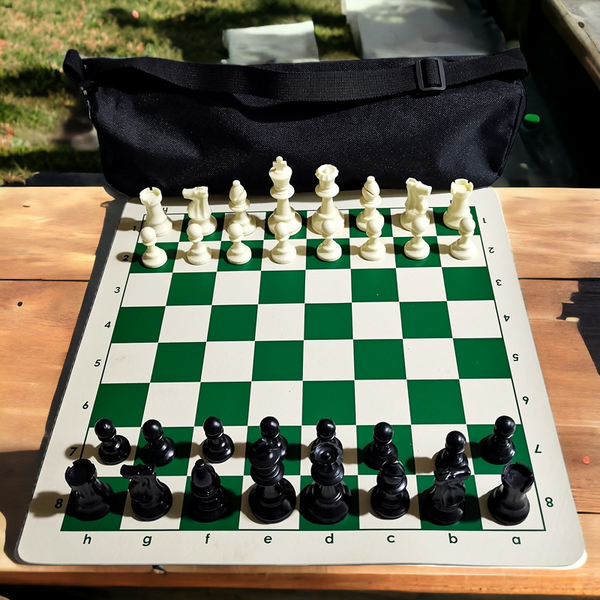
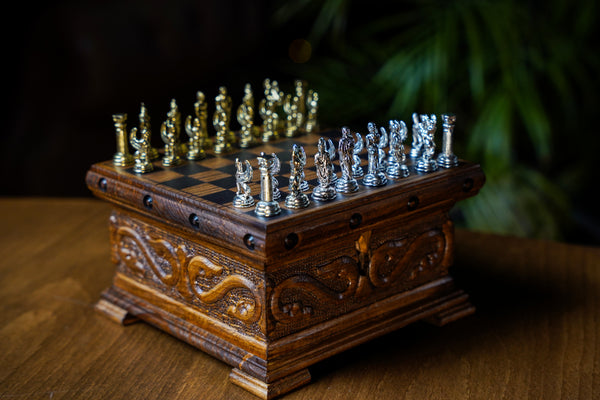






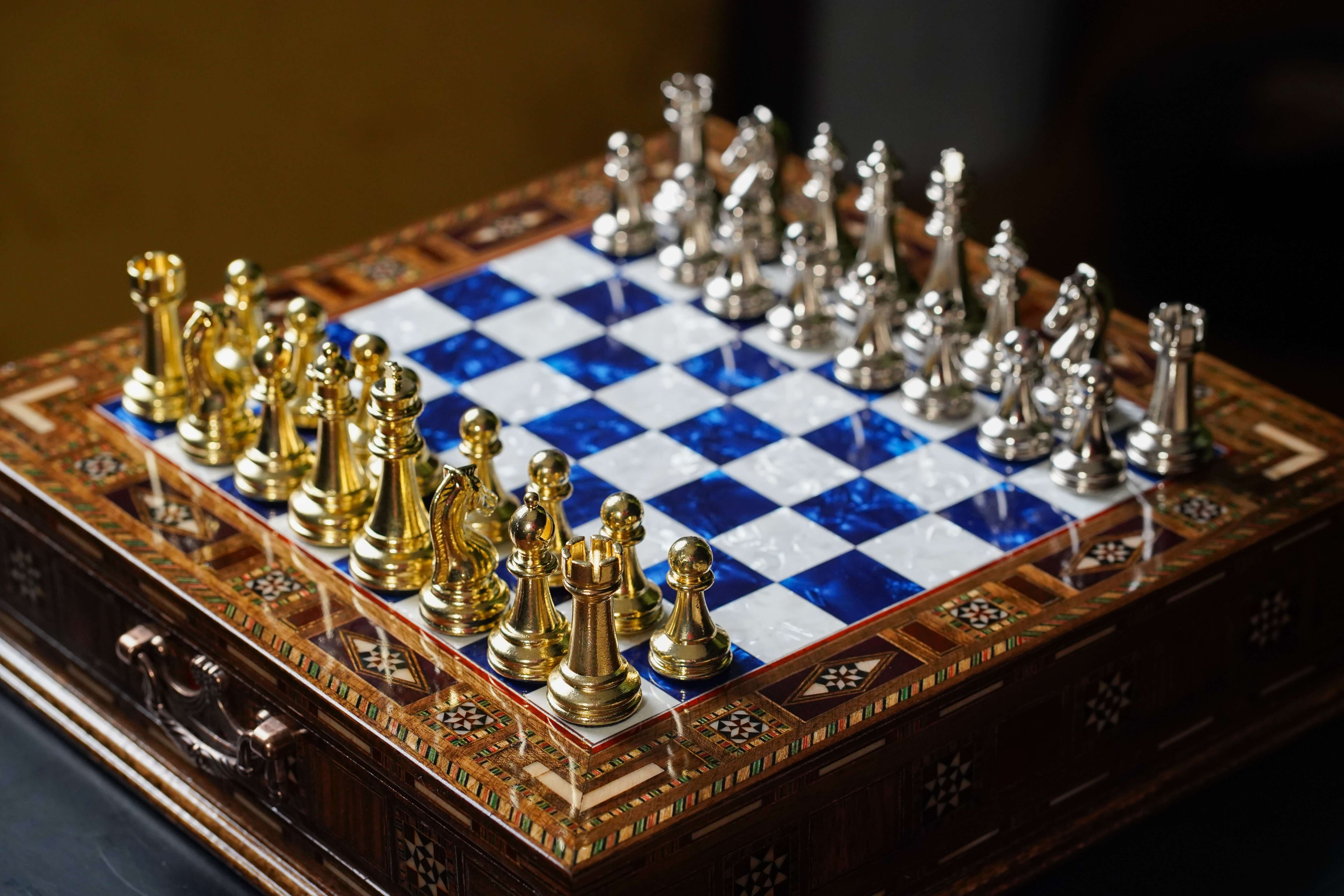
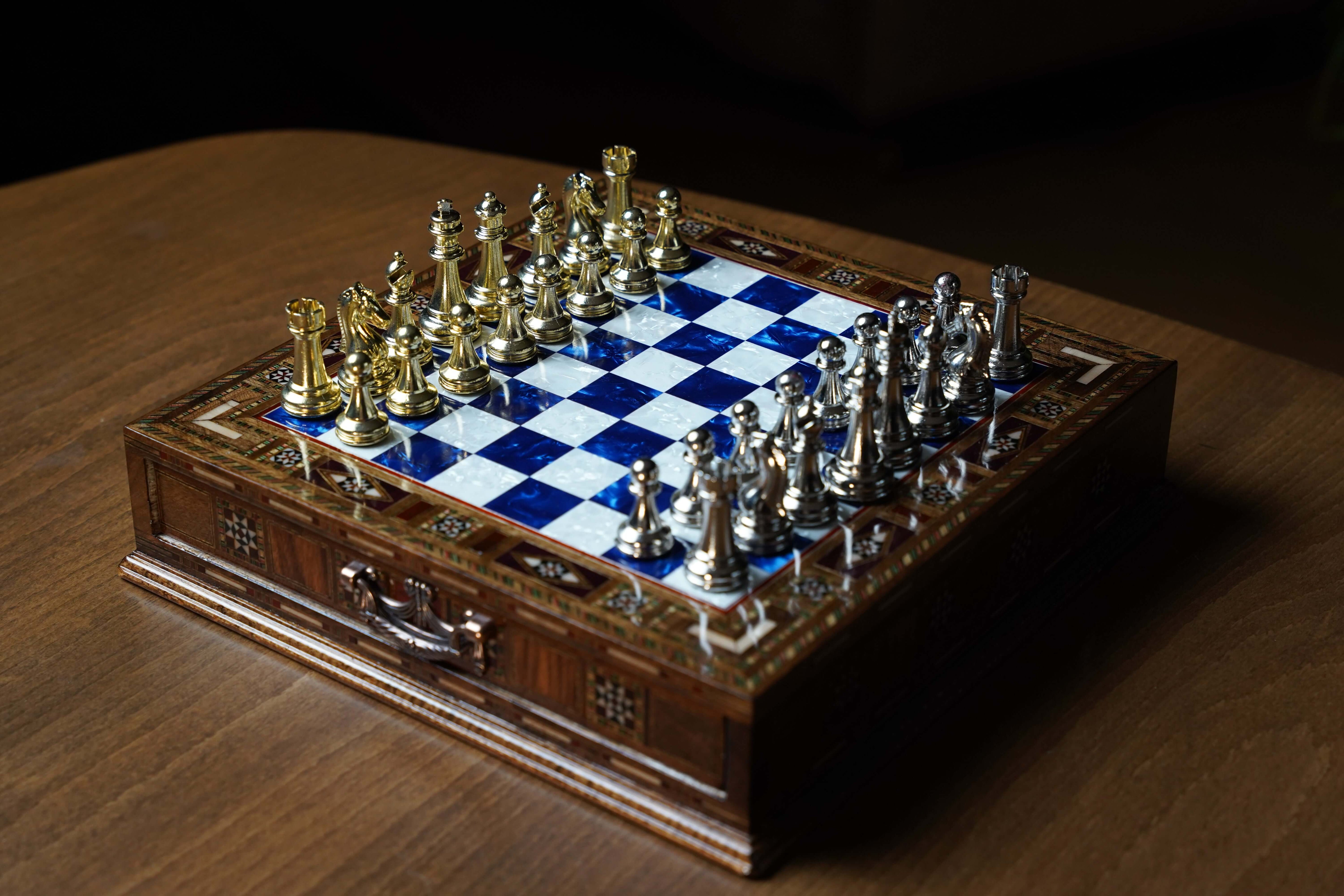
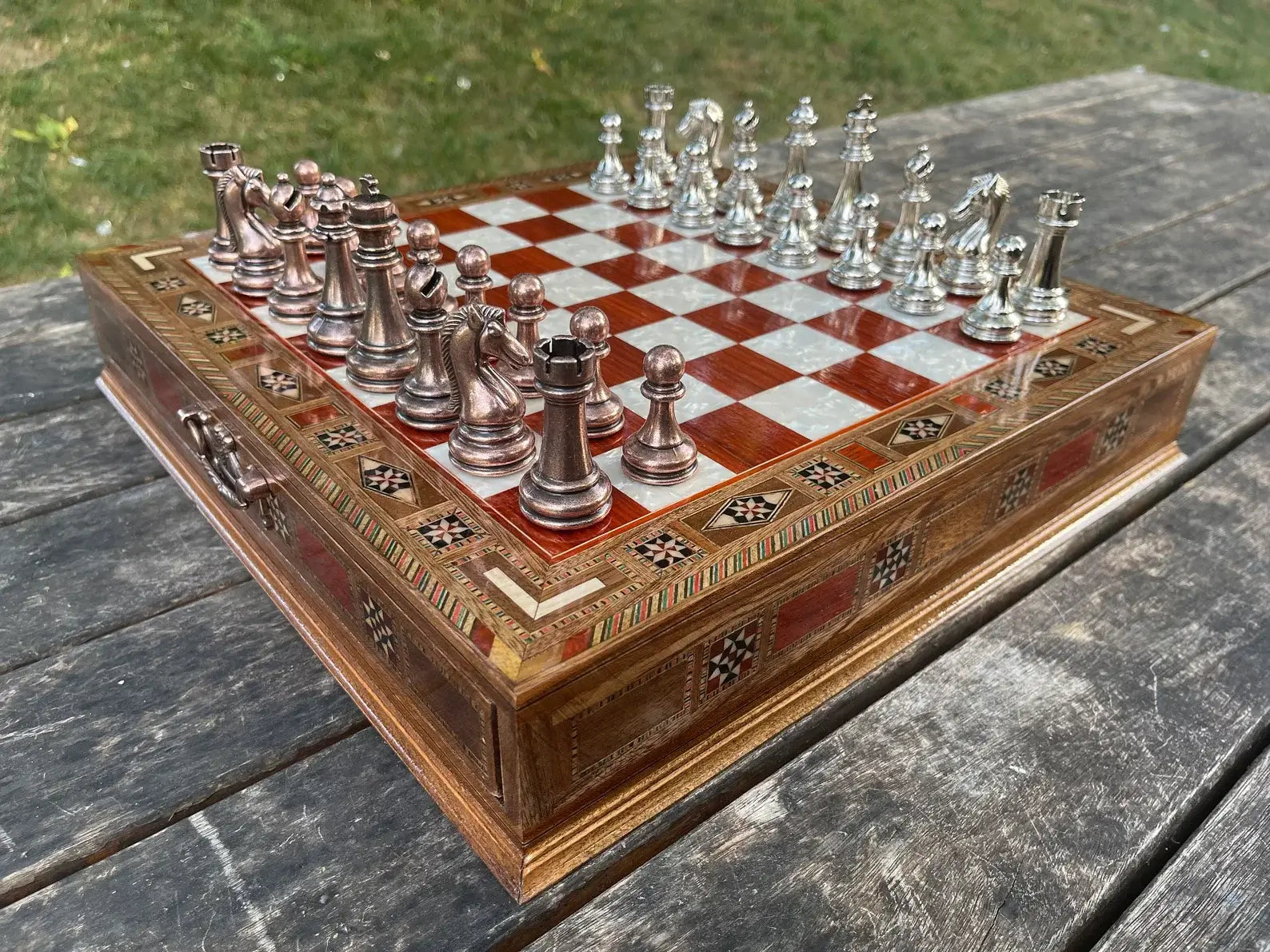
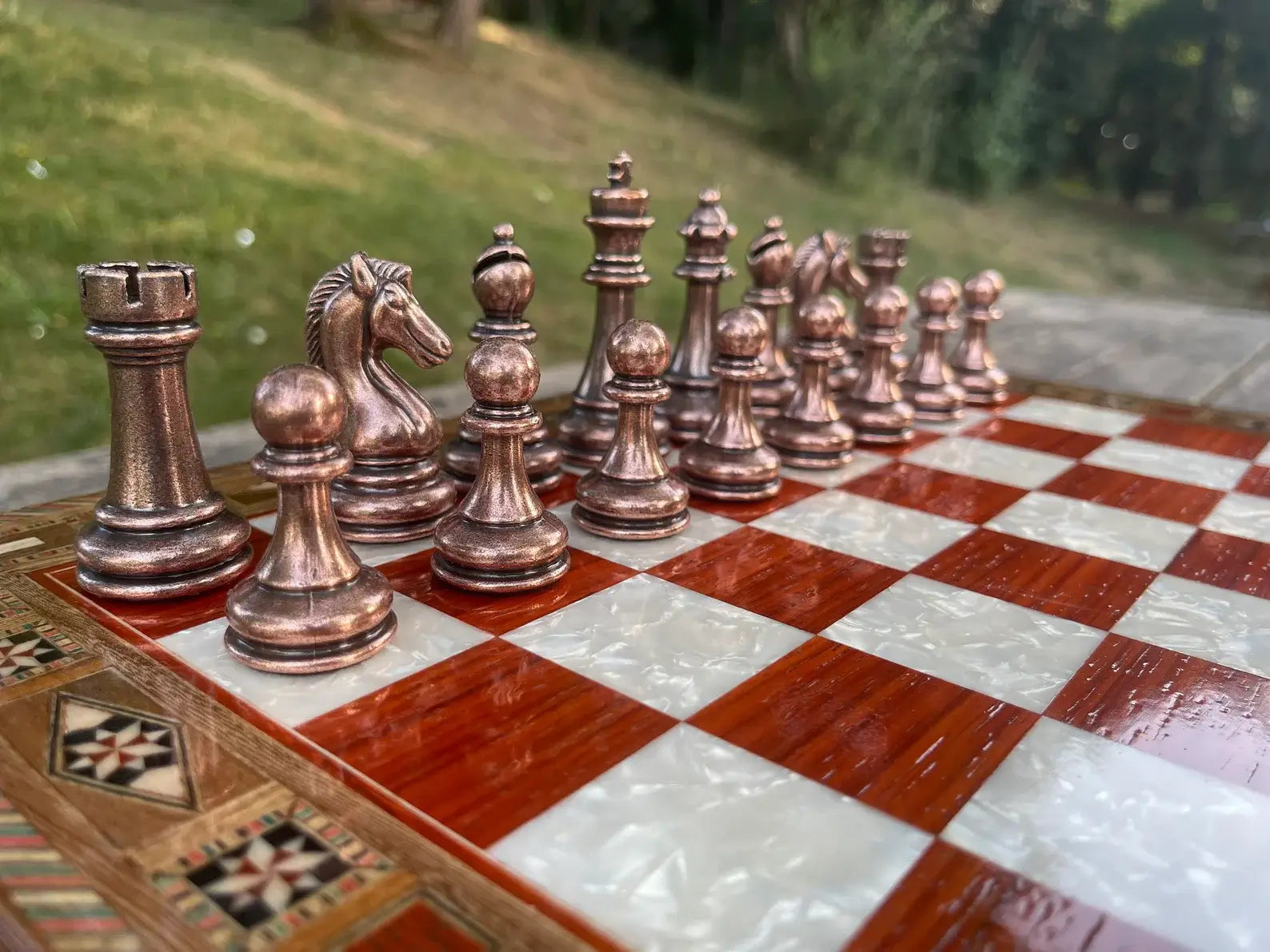
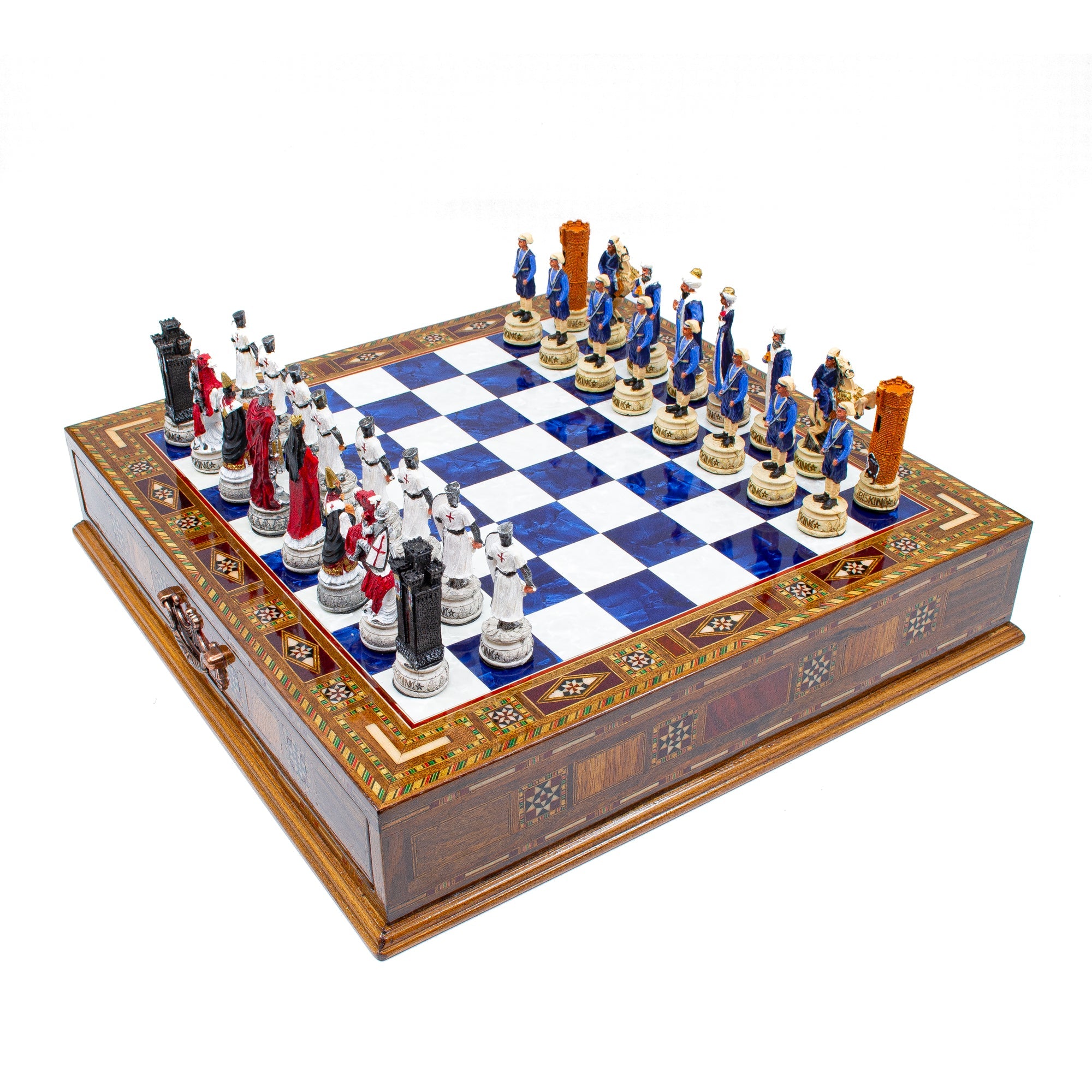
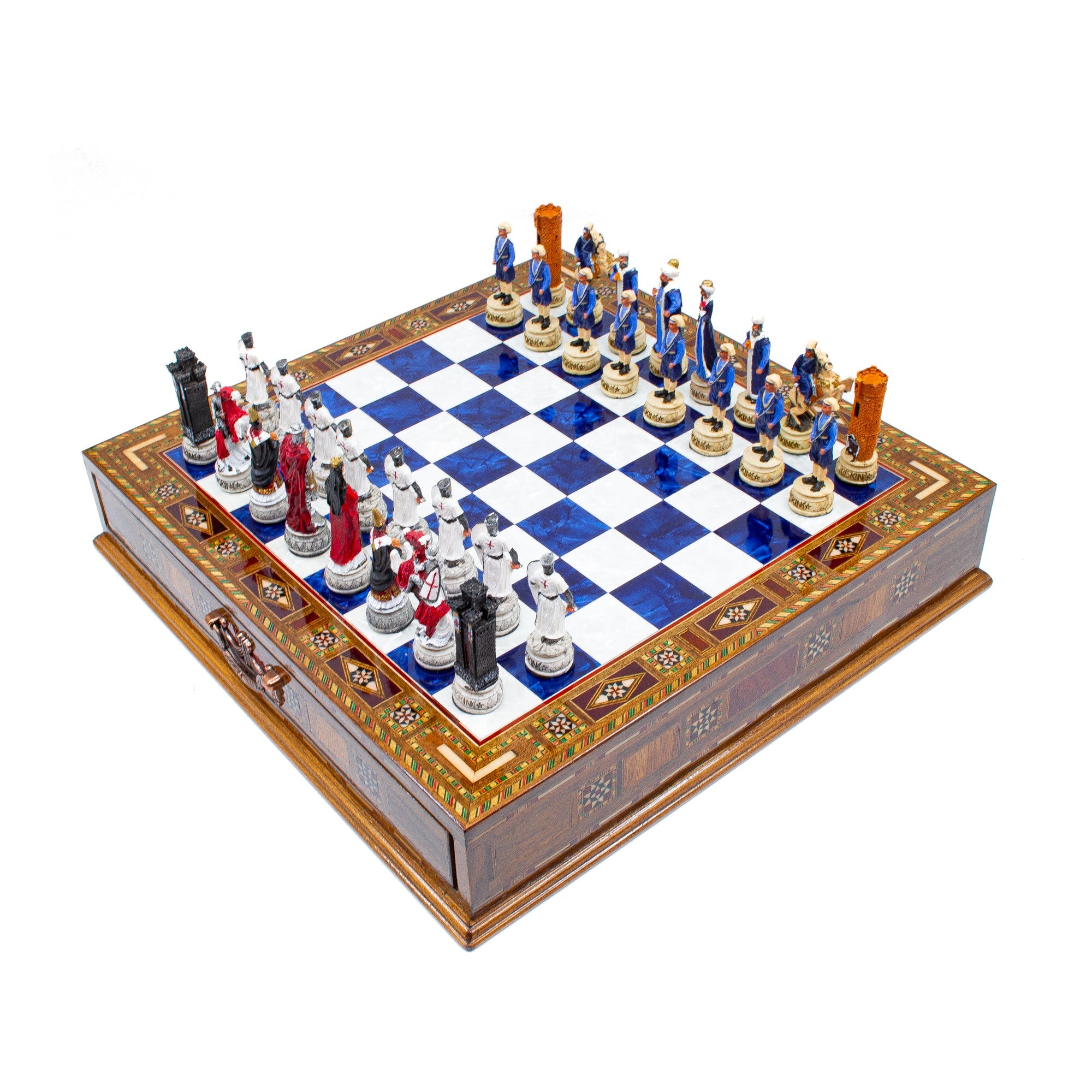
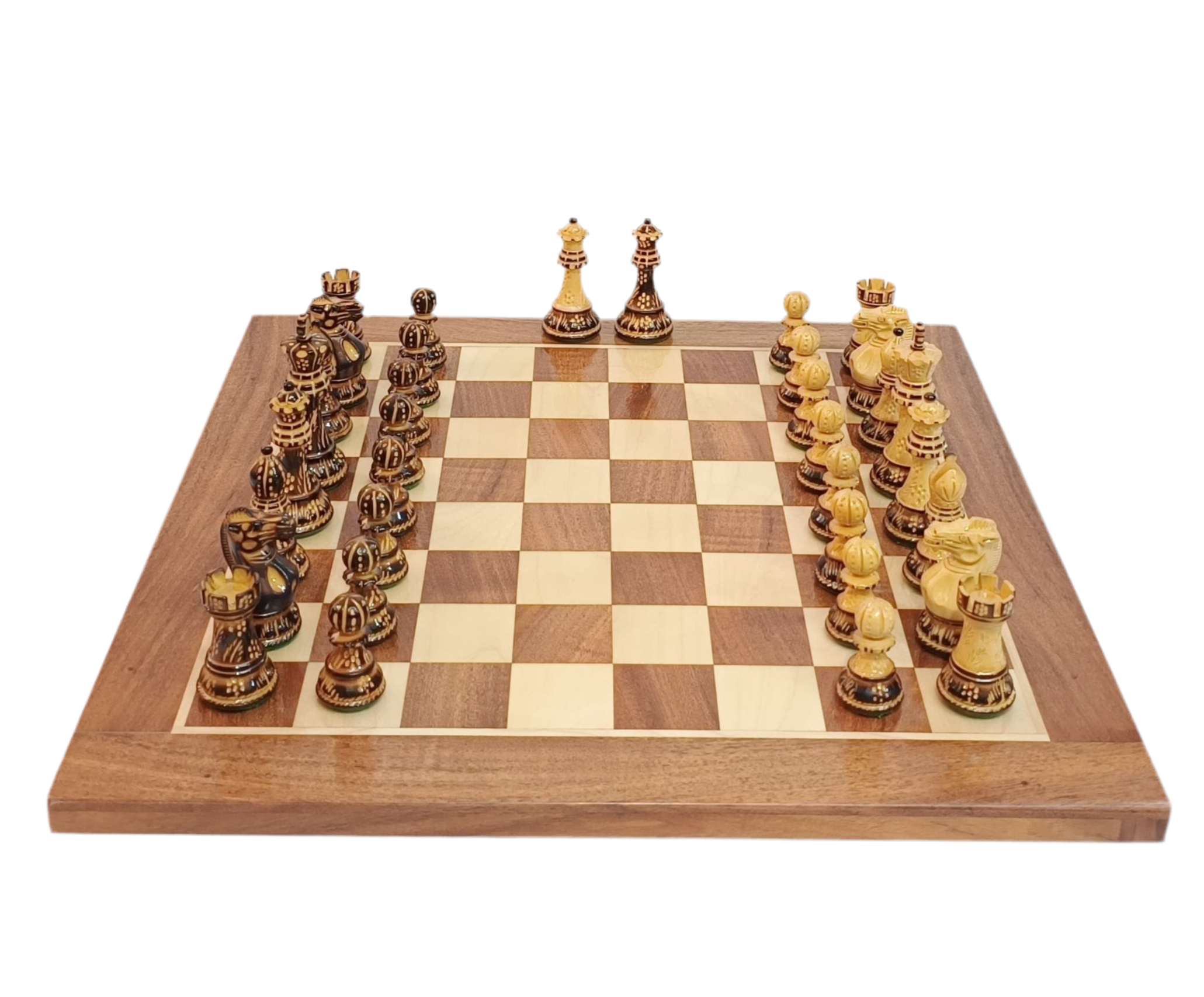
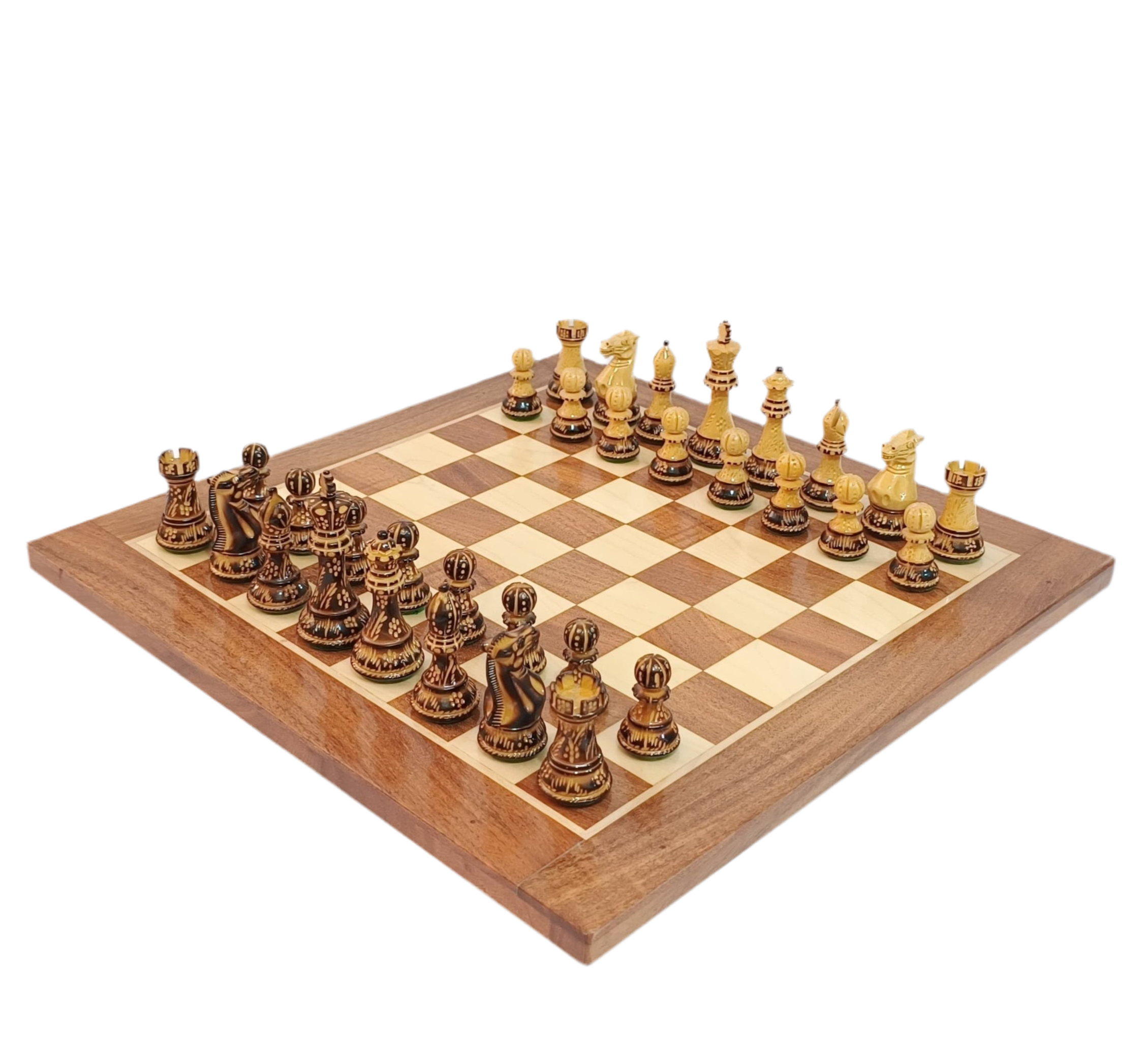
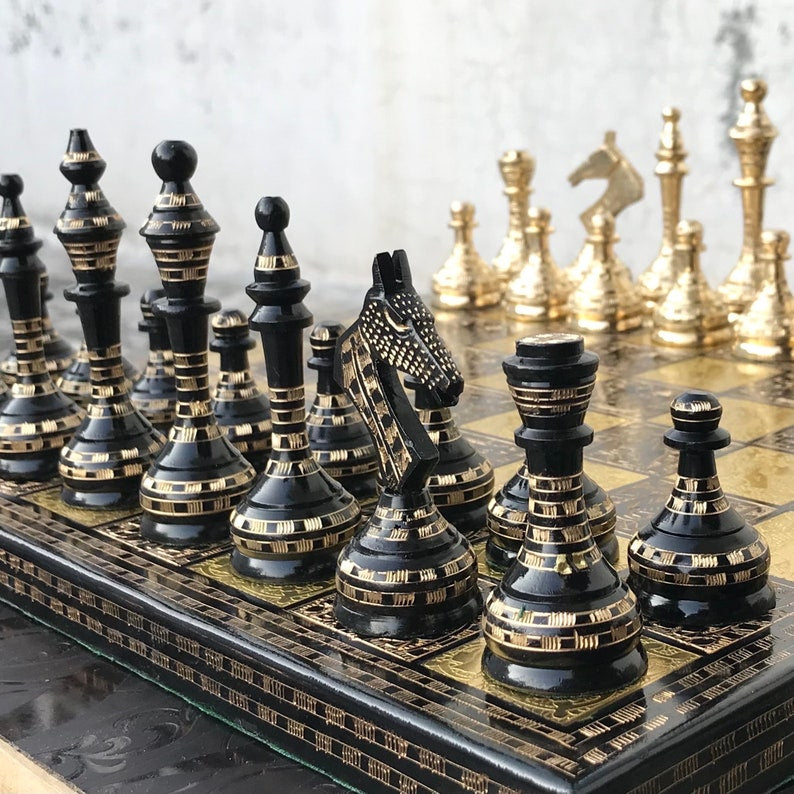
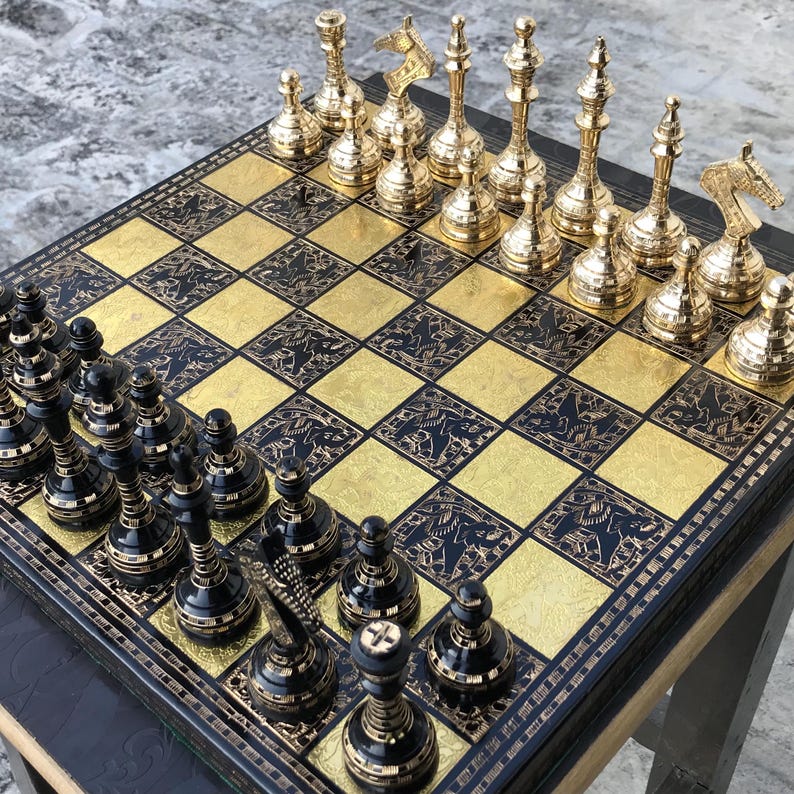


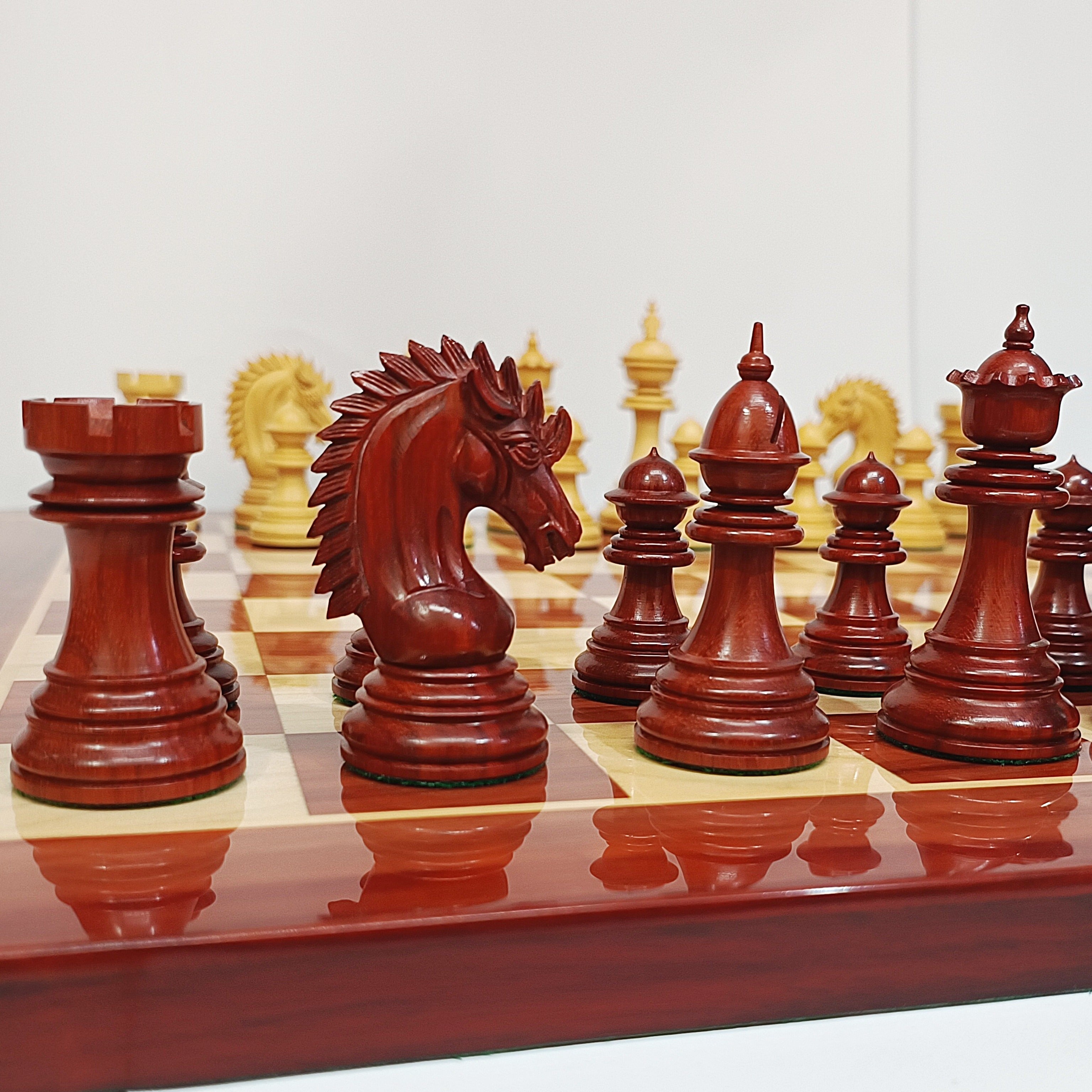
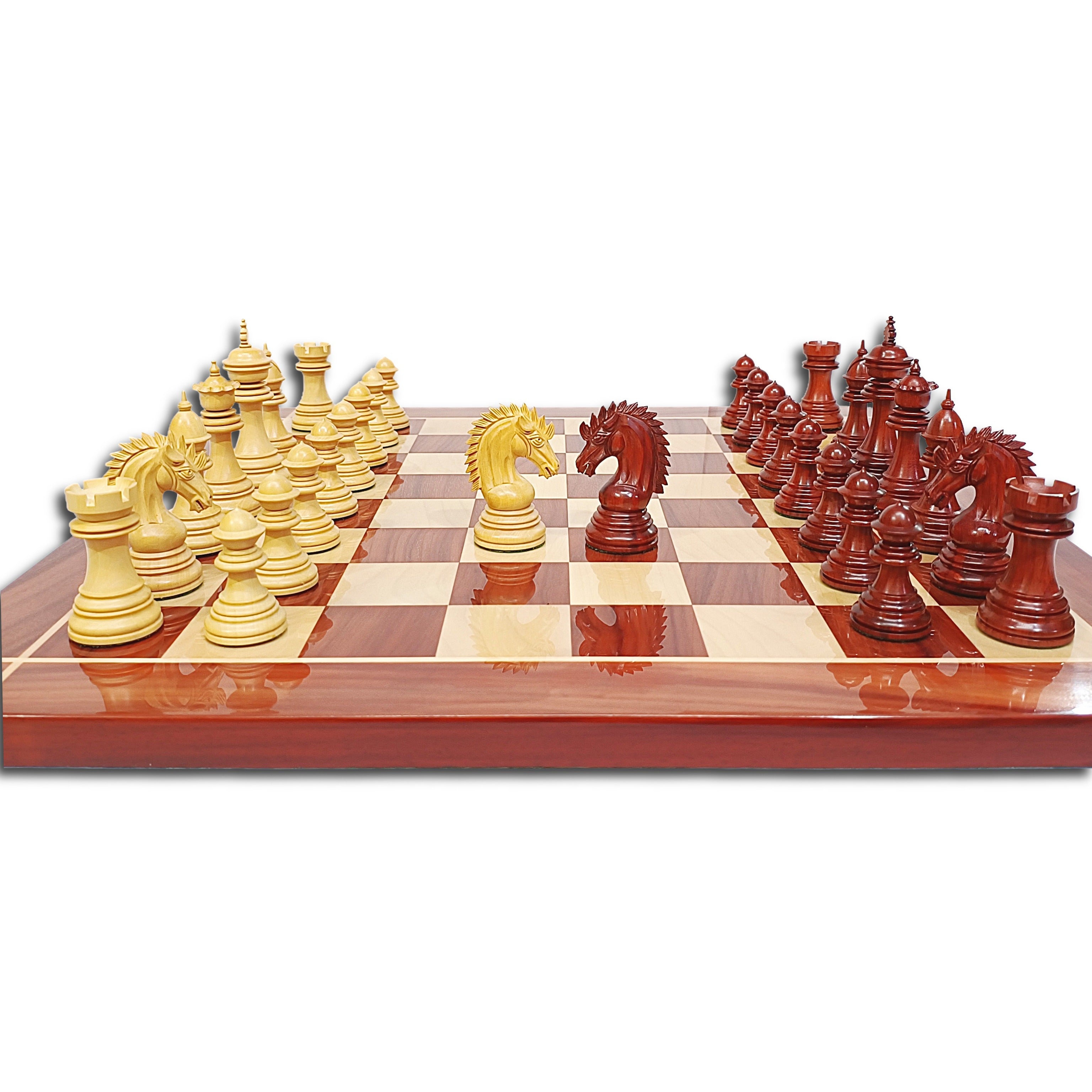

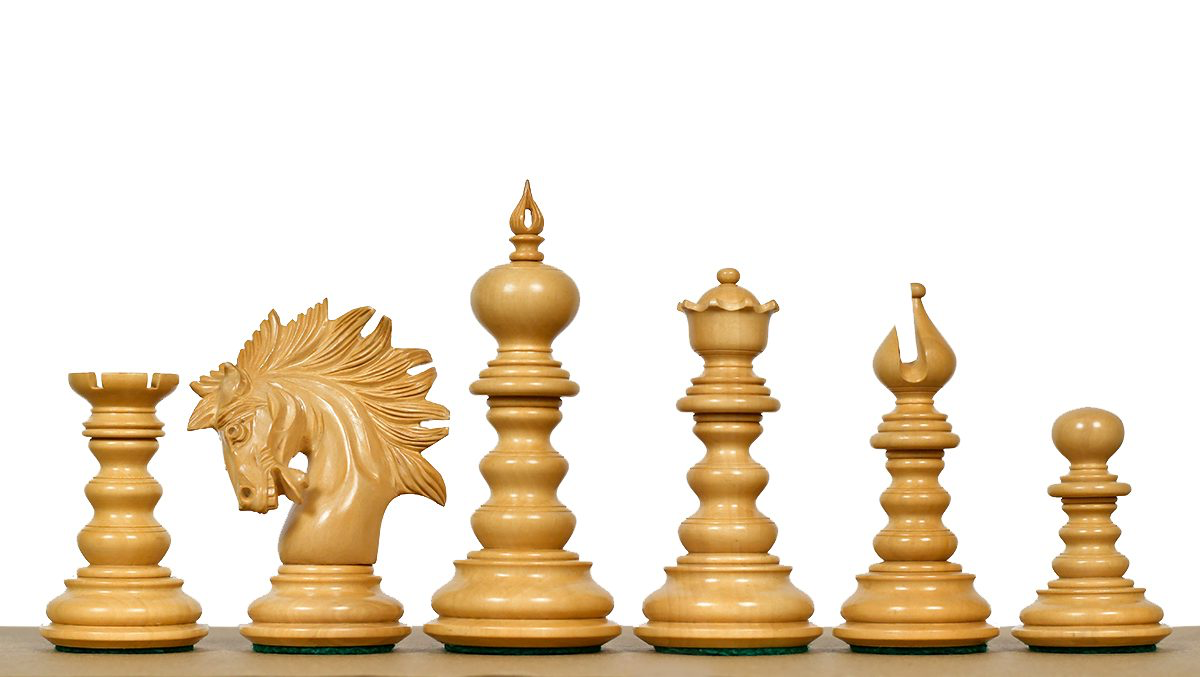
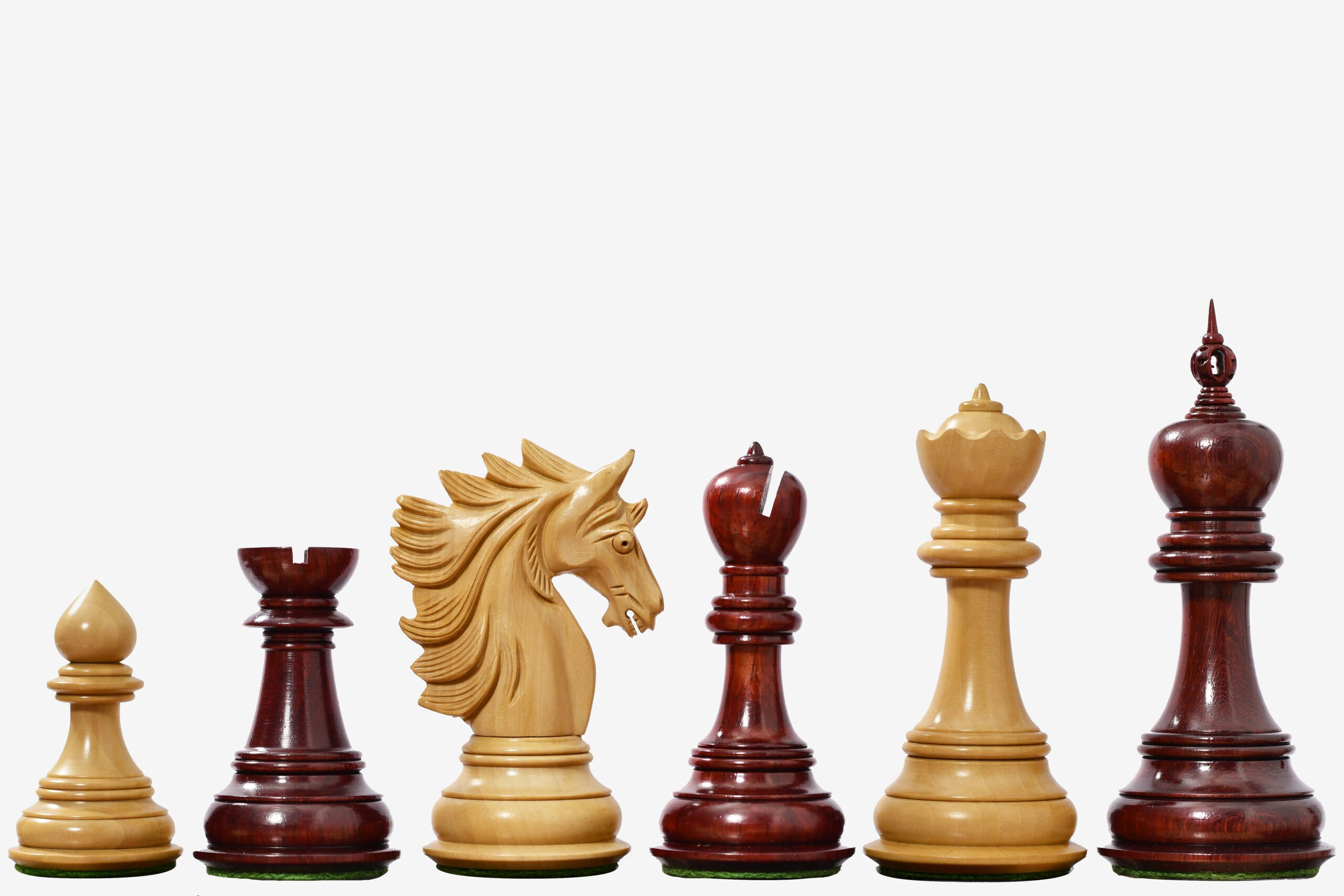
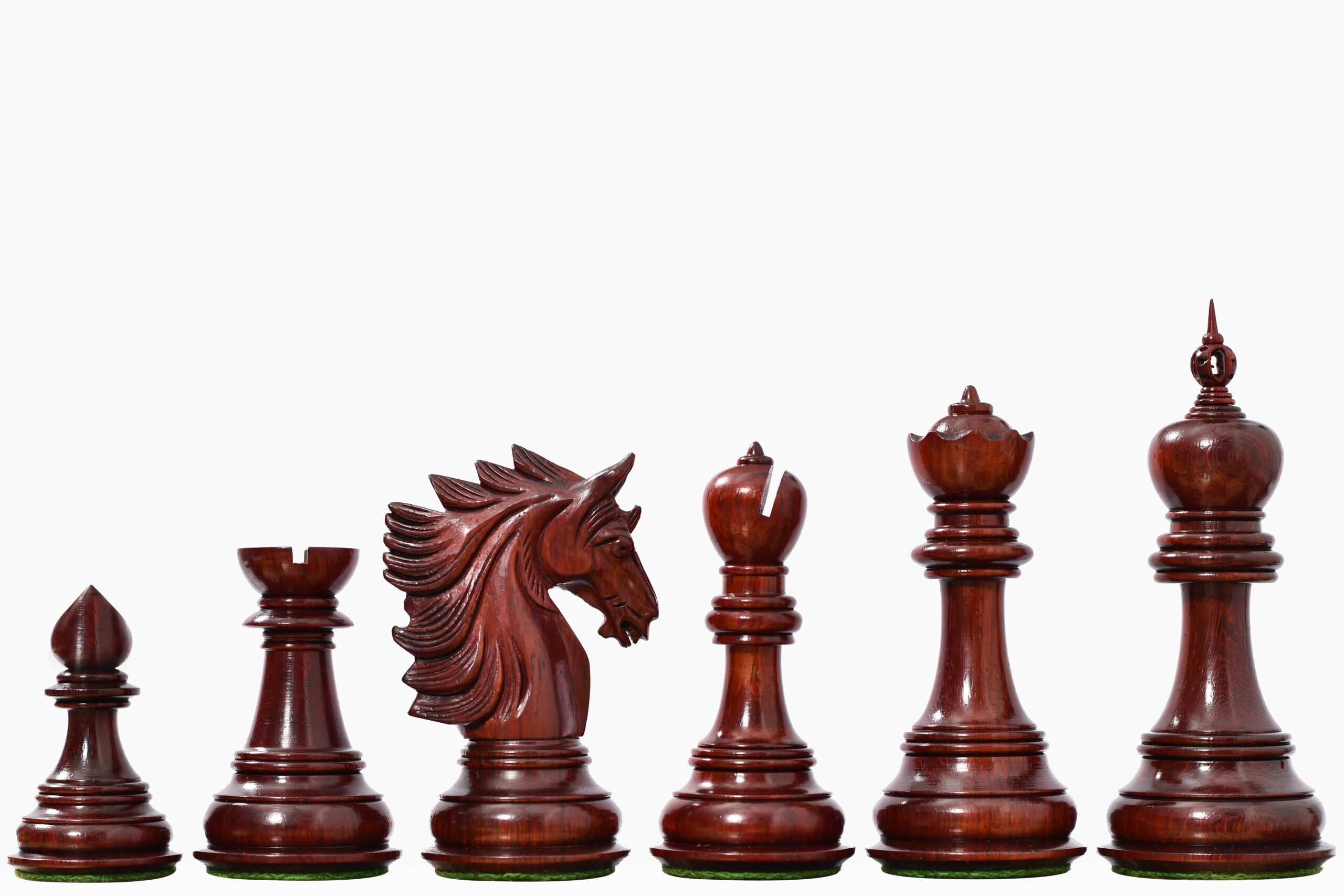
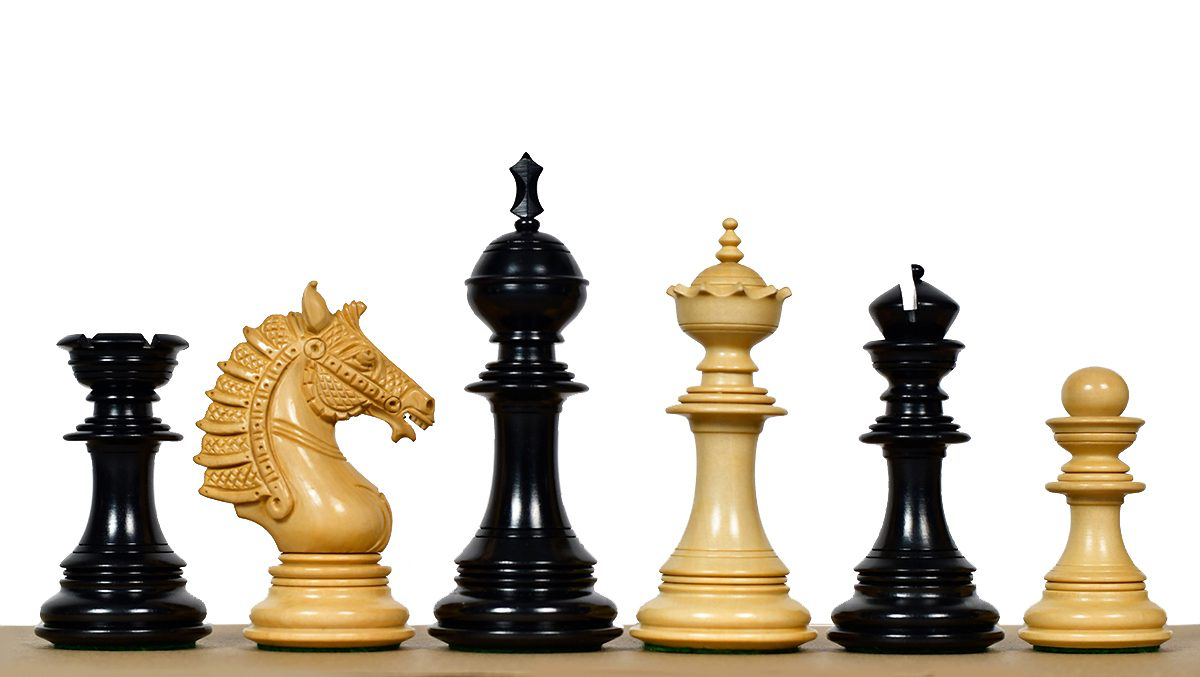
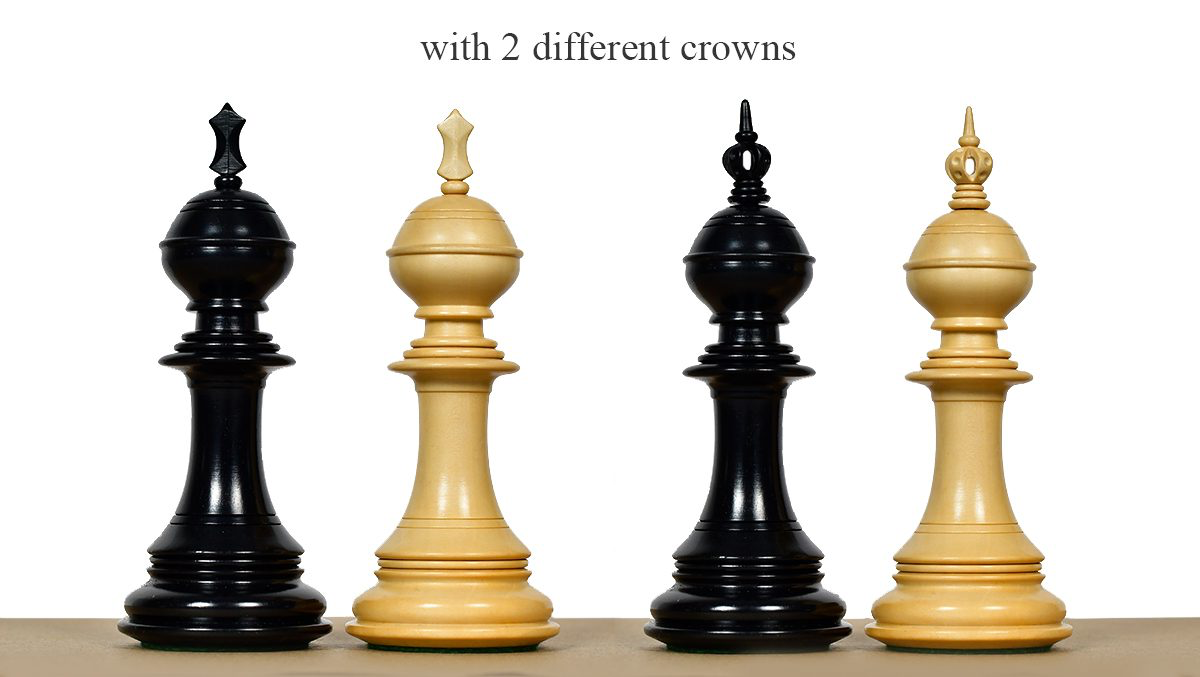
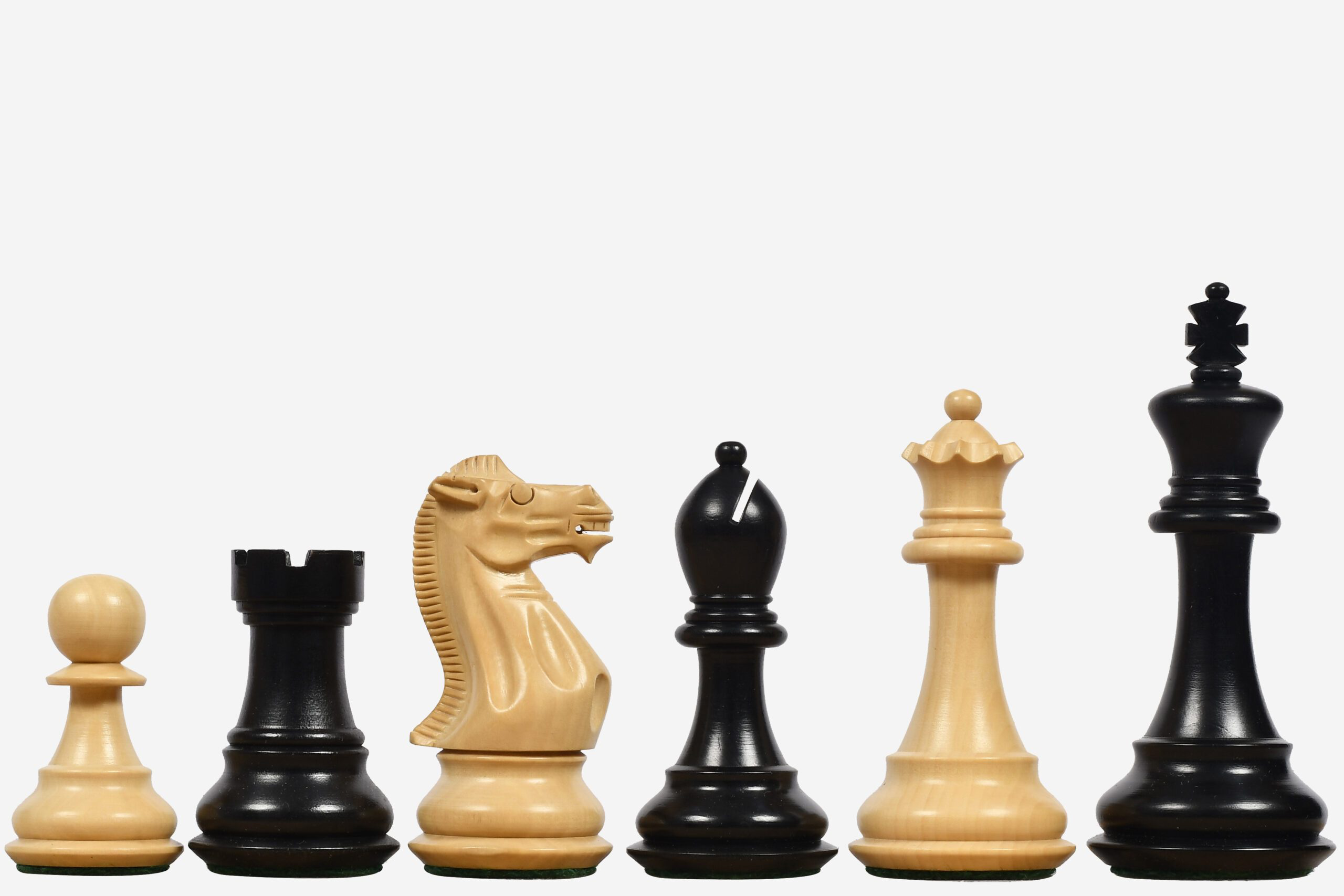
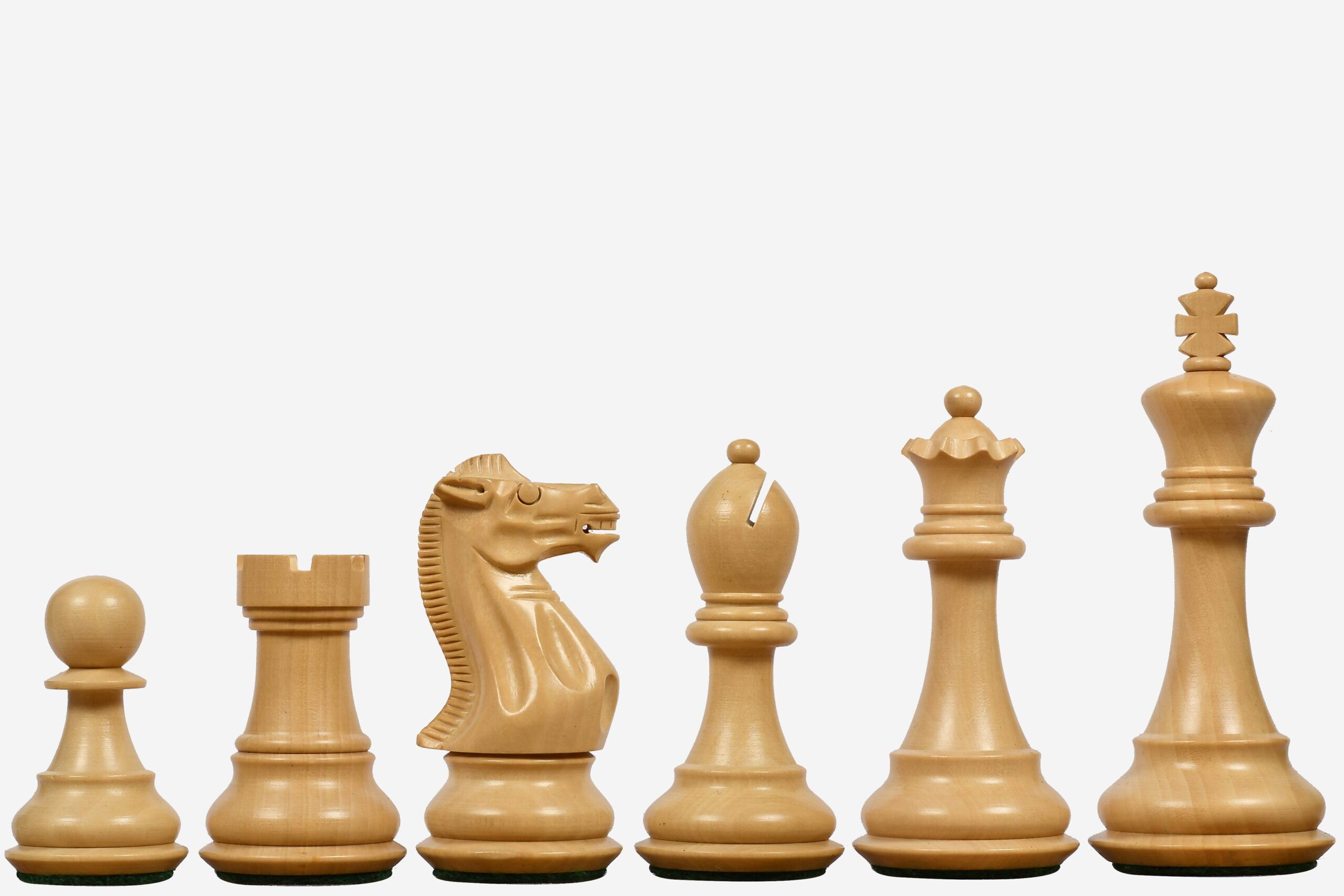
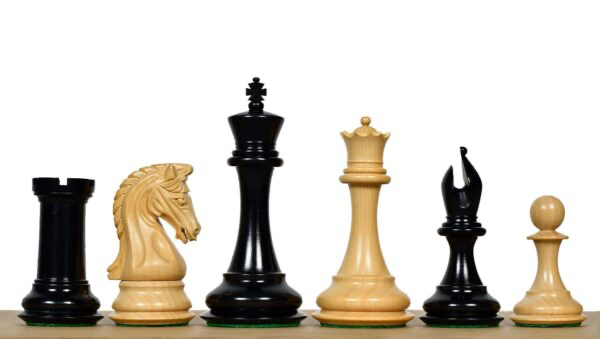
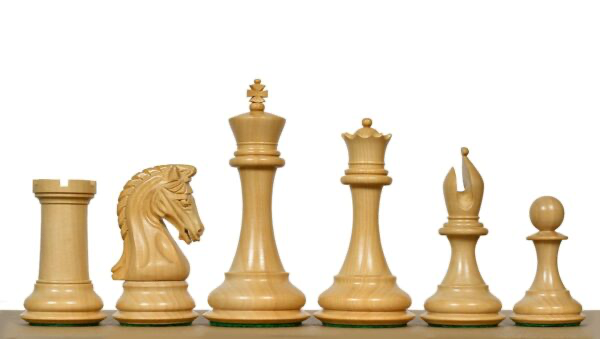
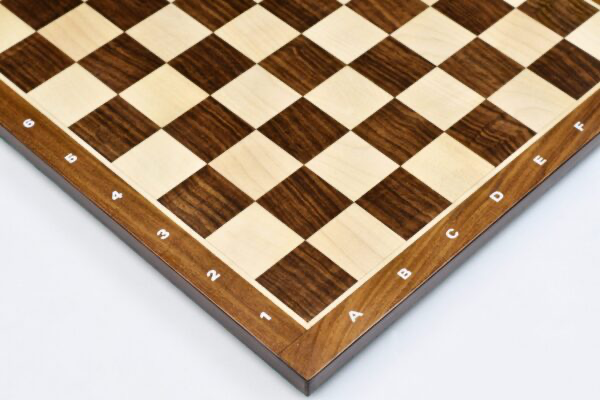
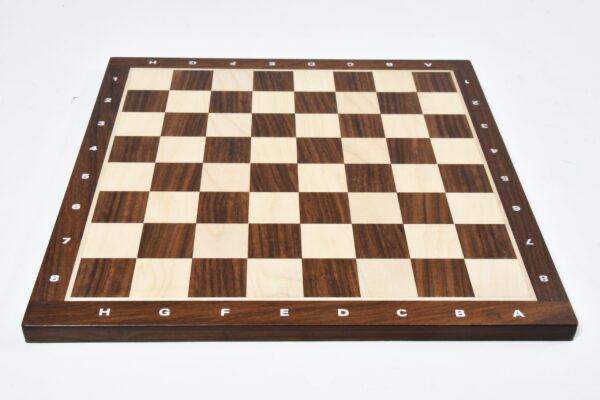
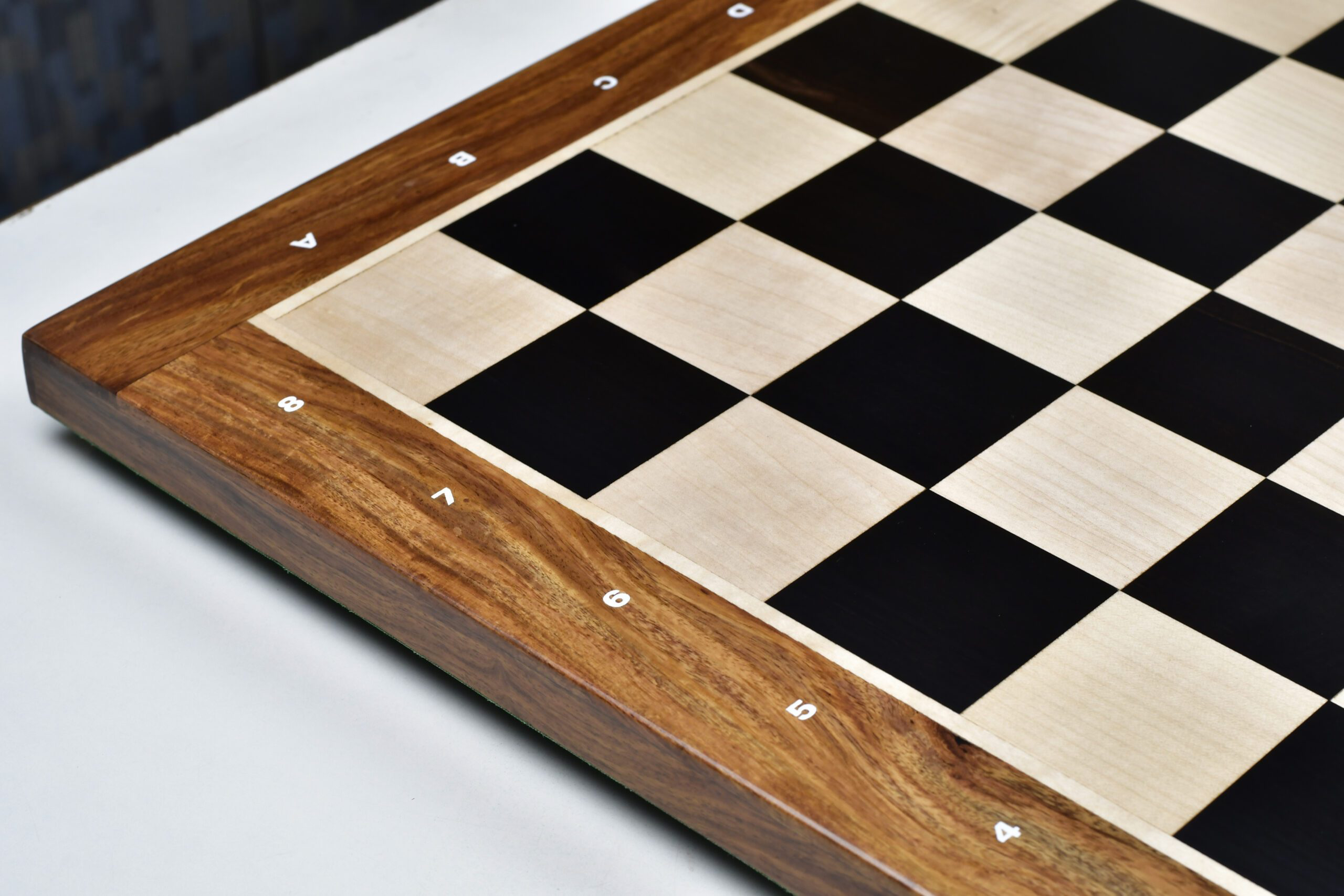
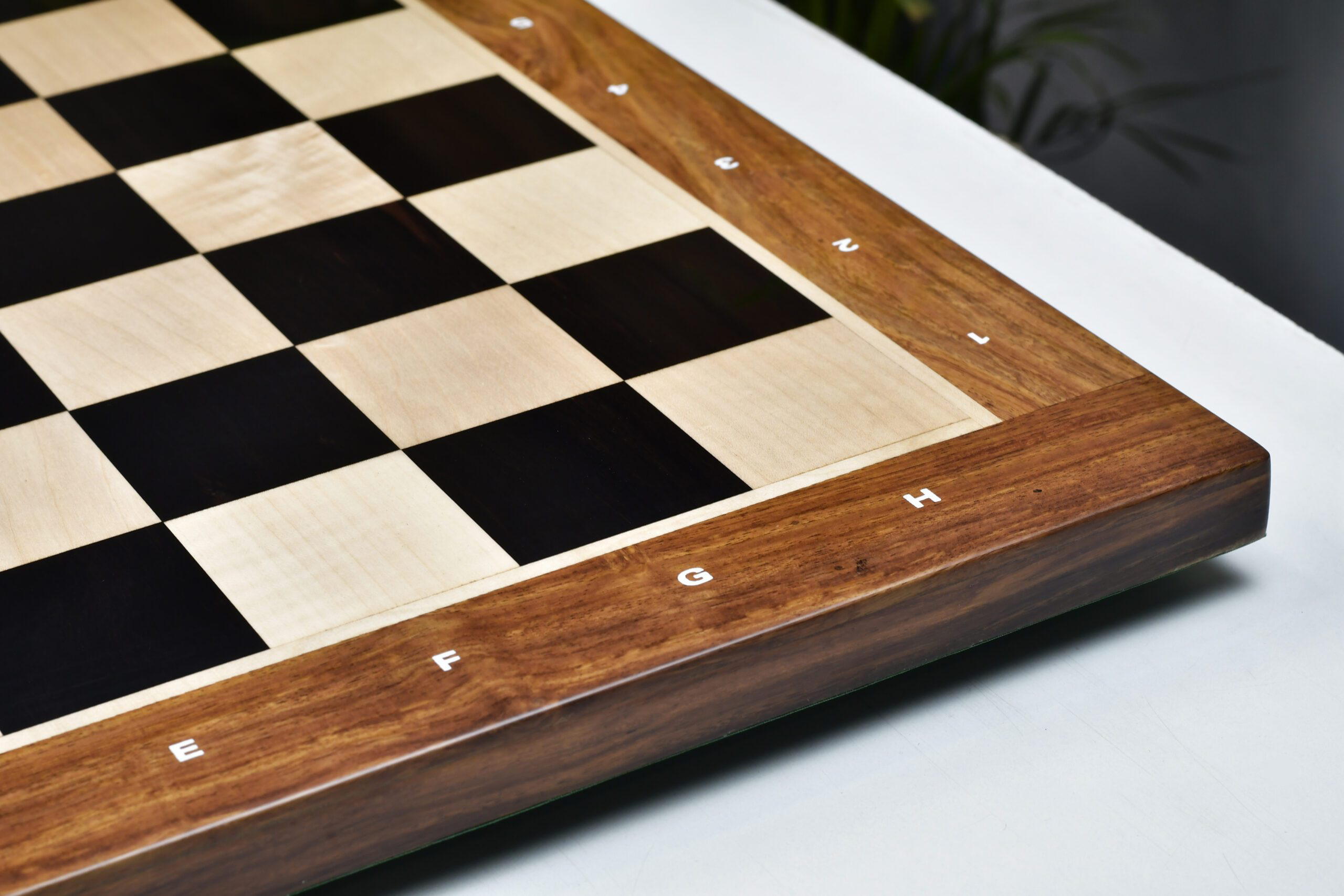


Leave a comment
All comments are moderated before being published.
This site is protected by hCaptcha and the hCaptcha Privacy Policy and Terms of Service apply.